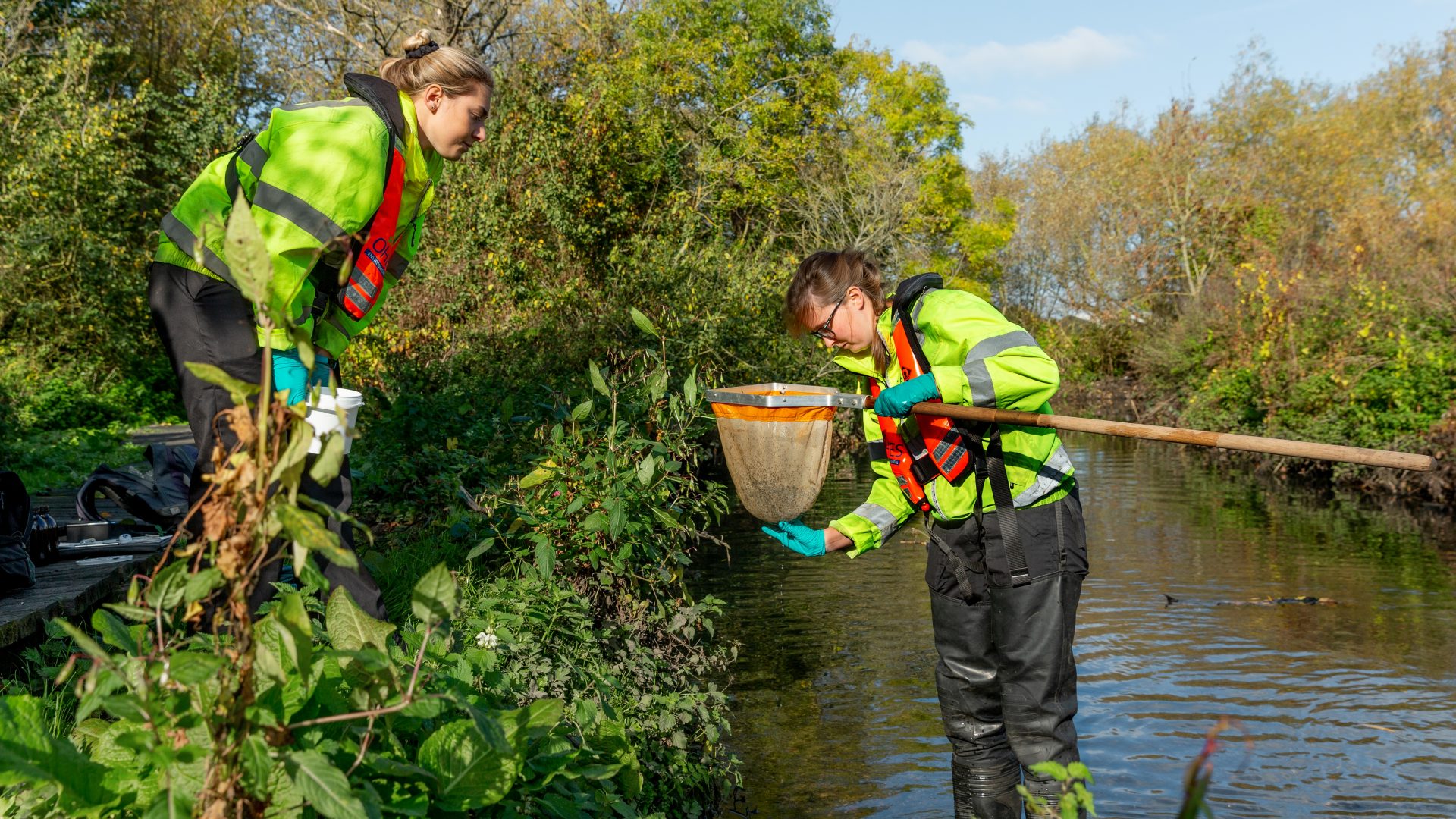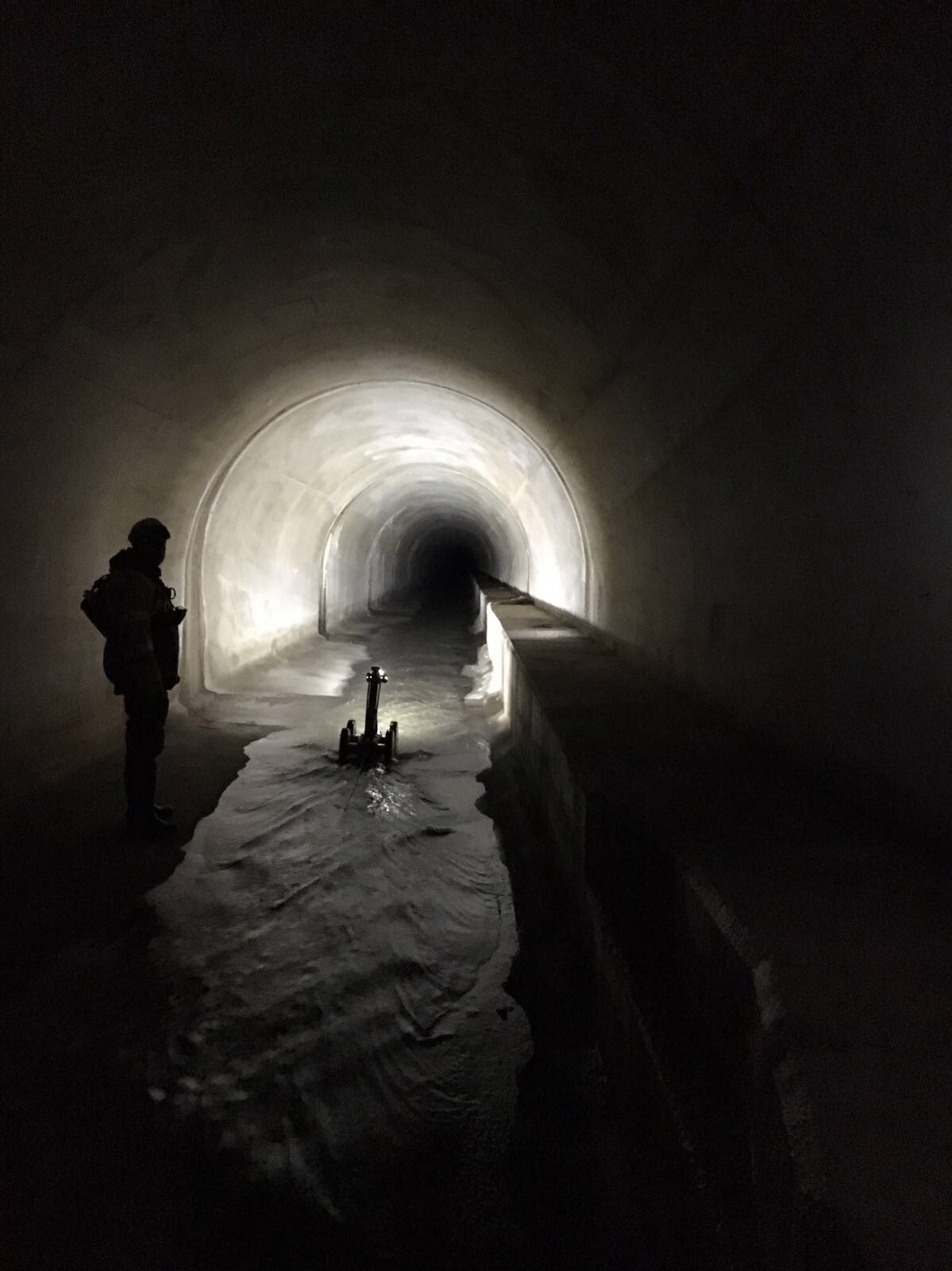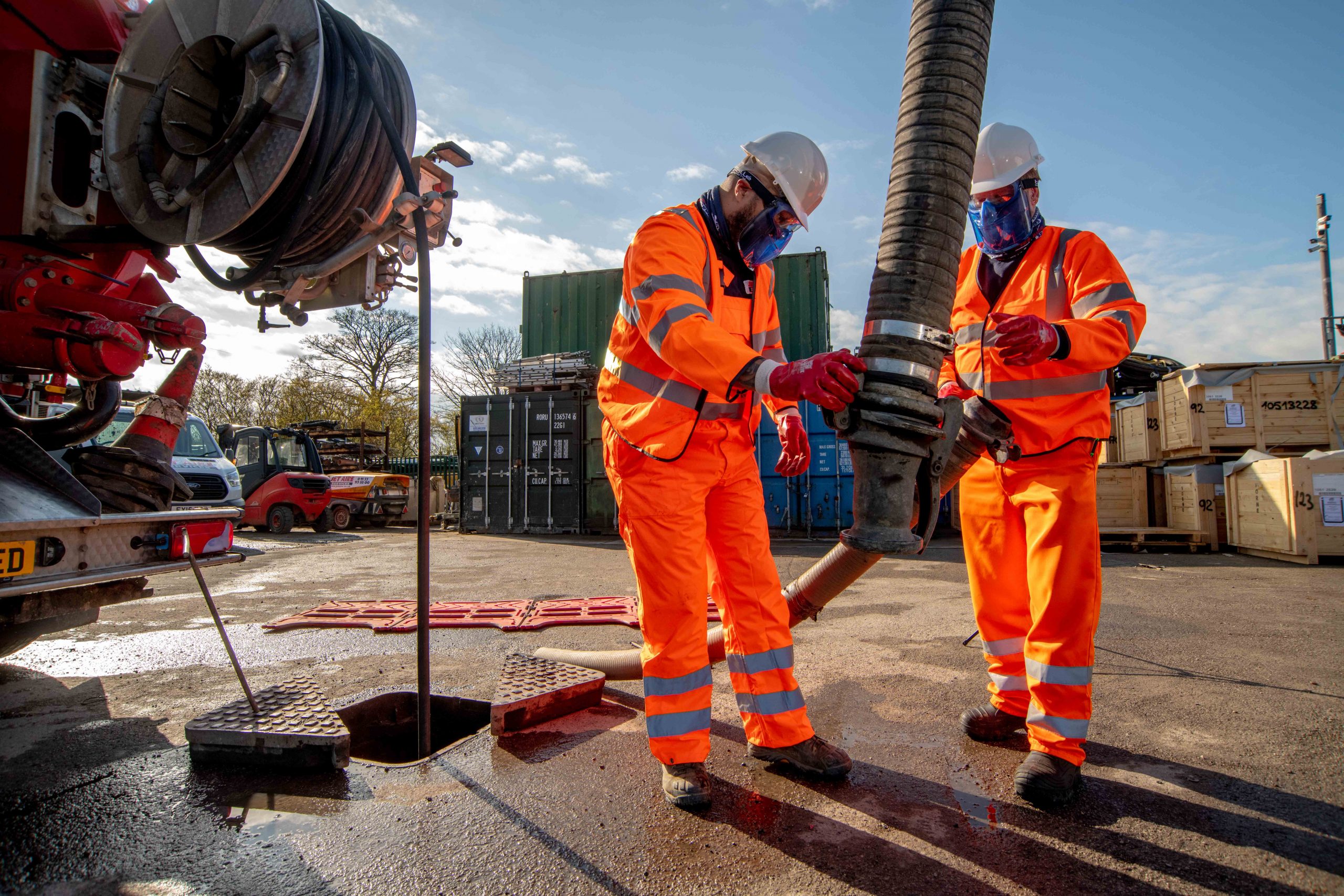Three steps to increased capacity, without capital expenditure
The use of combined sewer overflows (CSOs) has placed water companies in the firing line of regulators and ratepayers. The industry faces intense pressure to scale back reliance on CSOs and implement smarter, more sustainable approaches to sewage management.
Despite a marked increase in event duration monitoring and reporting, policymakers and the public are pushing for quicker, more concrete results. The Environment Act – which received Royal Assent in November 2021 – demands targeted improvement plans for poorly performing assets. The Environment Agency is cracking down with record fines for non-compliance. And in the case of Southern Water, customers are forcing action by refusing to pay their bills.
The current AMP cycle does not allow for capital spending on increased storm tank capacity through in-line or off-line retention storage. So water companies need to get creative.
Step one – Pinpoint your network’s weak spots
CSO use is the product of an overburdened network. Structural issues, bottlenecks and blockages restrict flow and performance, so every storm becomes a significant spill hazard.
An experienced environmental consultant can regulate and rebalance your infrastructure, identifying hidden drainage problems that disrupt movement and lead to costly CSO discharges. Using a range of cutting-edge techniques, the right partner will provide an actionable view of your estate, highlighting the root cause of pollution risks.
CCTV surveys
CCTV asset management surveys examine sewers, sewer diversions, culverts, and tunnels up to 500 metres long between access chambers. The highly accurate inspections diagnose existing or emerging structural and service concerns, including collapses, scale build up, grease, cracks or displaced pipes, and root intrusion.
Syphon surveys
Syphon blockages can limit a pipe’s hydraulic capacity, reducing throughput, placing additional stress on CSOs, and potentially causing large-scale sewage releases. Regular maintenance is crucial, starting with a thorough asset review to evaluate syphon condition, access routes, and hazards. Qualified confined space entry crews determine ideal isolation, drainage, and cleaning techniques, while CCTV reveals grease or debris build-up and any structural issues.
Environmental monitoring
Environmental monitoring services, such as biological riverbed surveys and upstream catchment surveys, accurately classify the status of storm overflows. Coupled with the installation of event duration monitors, these specialist services use cumulative data to identify worst-offending assets and prioritise investigation and improvement work.
Step two – Use tech to tailor your CSO action plan
A detailed outline of your infrastructure helps you systematically manage upgrades, budgets, and resources. First, partner with an OS19X-qualified team to produce CAD drawings that map out your underground assets. The comprehensive survey will expose urgent repairs and longer-term targets for routine cleaning, maintenance, and monitoring. For added peace of mind, ensure the accompanying reports are coded using the authority approved WinCan software and produced according to the WRc Manual of Sewer Classification version 5.
Sonar tracing services
When a CCTV survey uncovers a drainage problem, sonar tracing equipment is your second line of defence. This can give an exact location of the defects, indicating its line, depth, and direction. Your environmental consultant then uses this data to determine the most suitable repair method and excavation point, if digging is required.
Step three – Maximise your existing assests
With in-depth knowledge of your network, an environmental professional will plot the route back to optimum performance. This could involve instant fixes to restore pipe capacity or estate-wide maintenance plans for ongoing compliance.
High pressure jetting
High-pressure water jetting equipment and specialist attachments effectively clear root intrusion, silt build-up, concrete deposits, bricks, and grout. Large-scale blockages are removed by powerful, deep lift vacuum tankers, while efficient recyclers treat and re-use water for sewer cleaning. All-terrain vehicles (remote reels) clean drainage even in inaccessible areas, such as woodland, steep gradients, and poor ground conditions.
Drainage repairs and planned preventative maintenance (PPM)
Through fixed-cost network cleaning, repair, and management, you remain a step ahead of CSO releases. In the short term, pollution threats are swiftly identified and controlled using purpose-built remediation equipment for sewerage, effluent, and surface water. Down the line, proactive repairs and routine maintenance extend the longevity of your assets, with maximum transparency and minimum outlay.
Looking ahead – cut CSO use with strategic thinking
In the face of an ageing, overworked infrastructure, limiting reliance on CSOs is no easy task. But it is possible. Meaningful improvements begin with a deep understanding of your network’s strengths and weaknesses, and a hands-on environmental partner to develop and deal with them.
There’s an undeniable link between critical asset maintenance and environmental compliance. To break the failure/fine cycle, the water industry could benefit from a shift to small, strategic investments that boost capacity and buy back precious years of asset life – with no capital expenditure needed.





